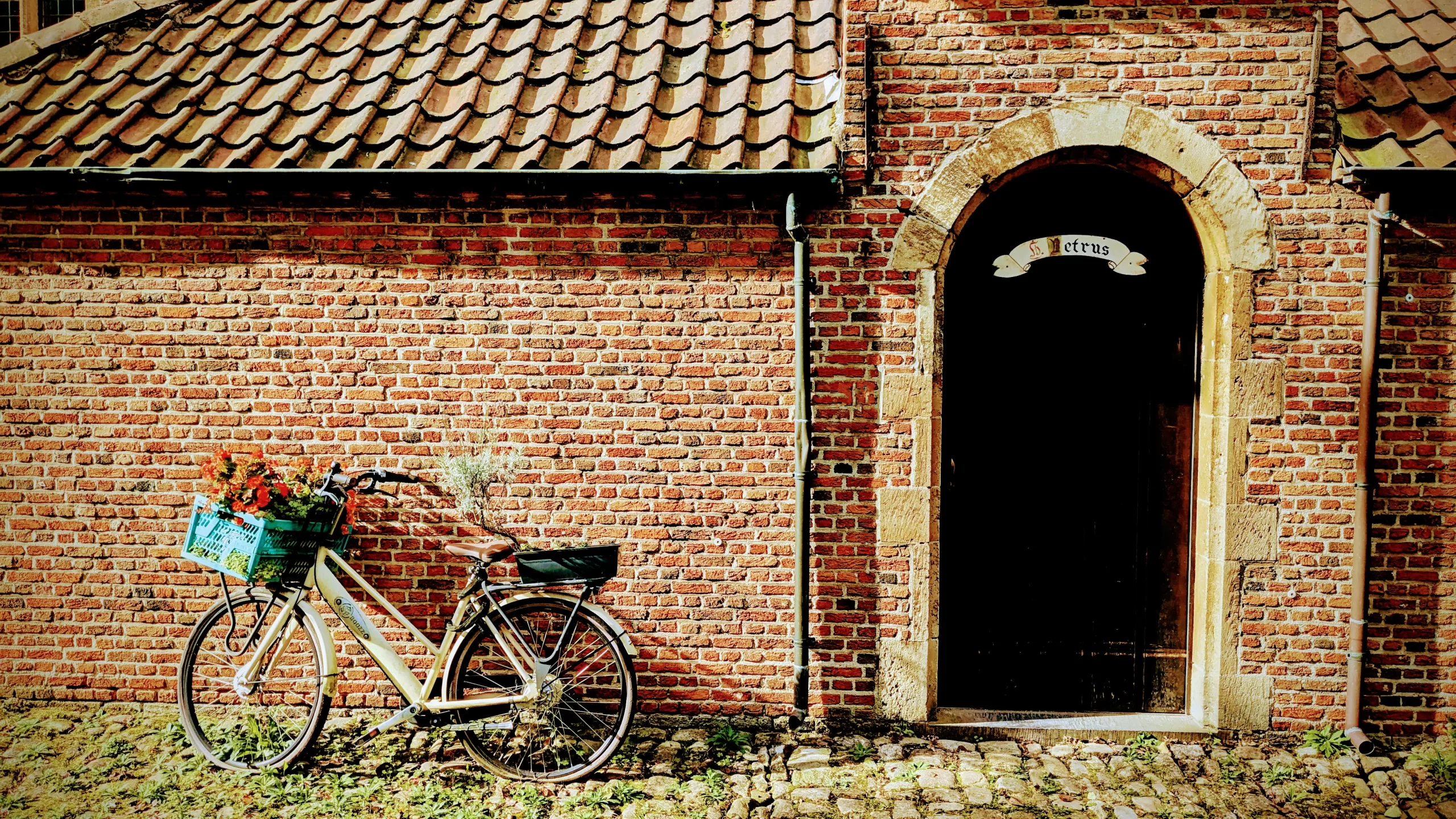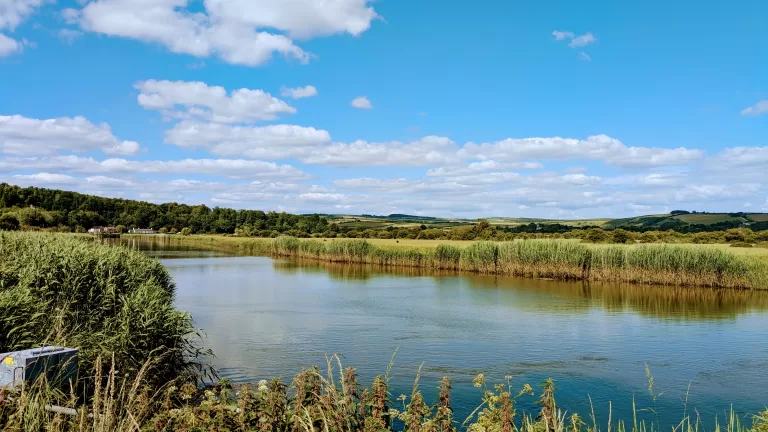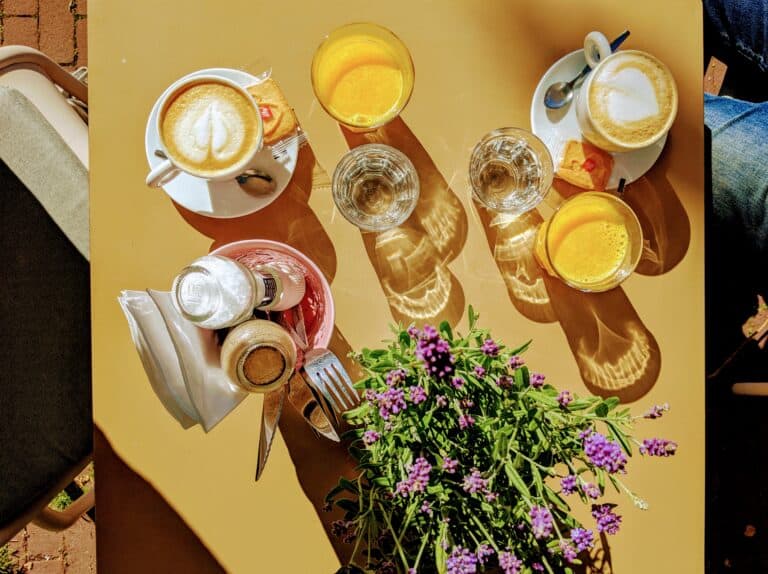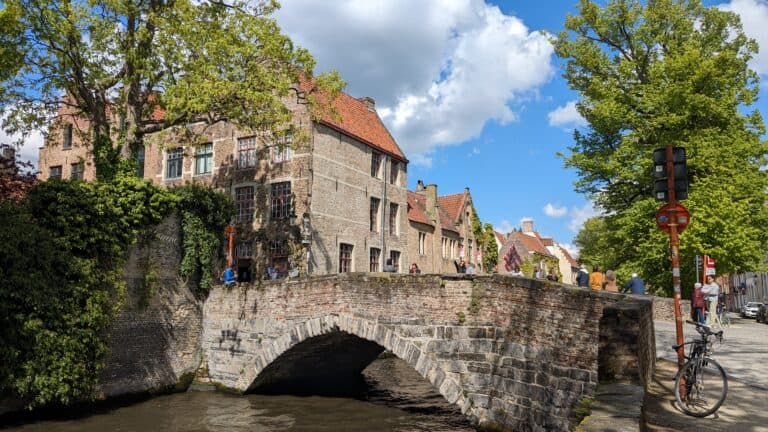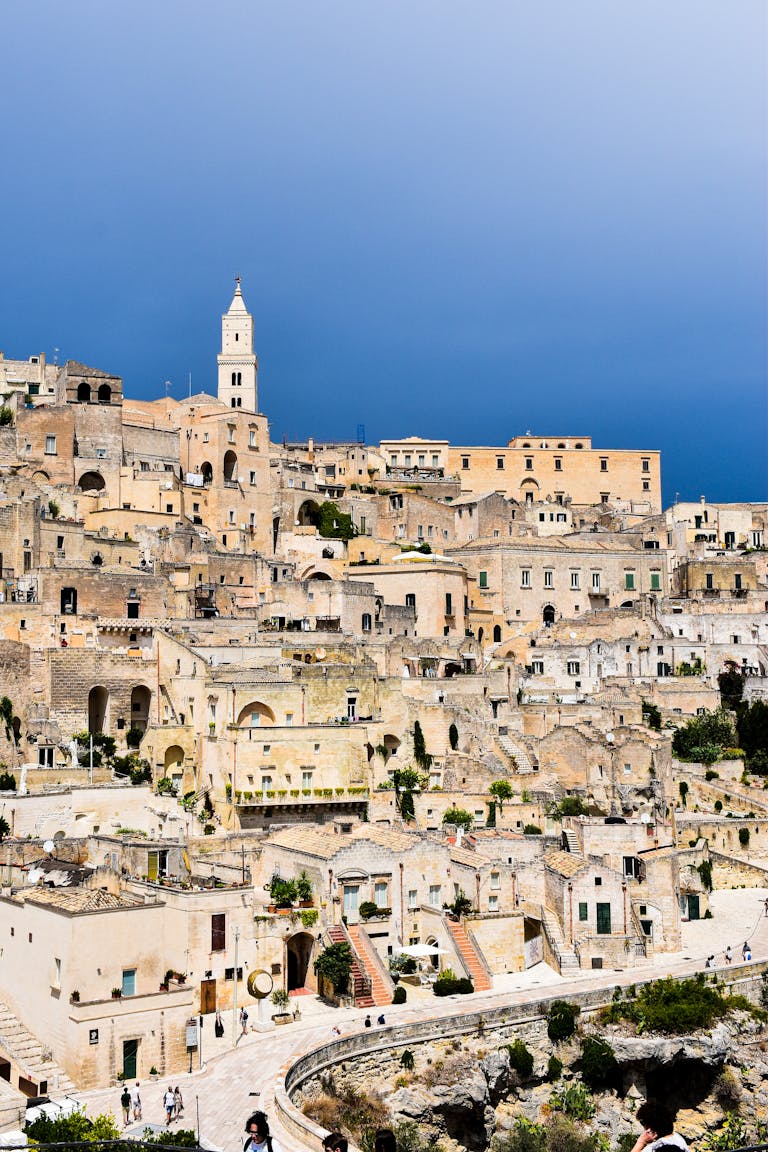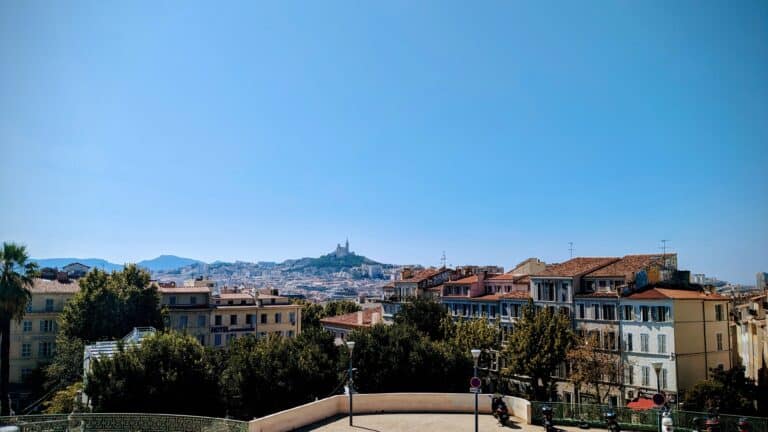What is slow travel and why should you try it?
Slow travel is the simple idea that a trip feels better when you do less, stay longer, and actually get to know a place. Over the years we’ve swapped whirlwind itineraries for slower days: chatting to people in a pub, taking cooking classes in local homes, and using trains and buses to watch the countryside roll by. It’s not about doing nothing; it’s about giving yourself time to actually be somewhere instead of just passing through or ticking it off a list.
This guide breaks down what slow travel looks like in real life – no preachy rules, just what’s worked for us (and what hasn’t). You’ll see why it reduces stress, how it leads to more authentic moments, and our favourite practical ways to plan a slower trip even if you’ve only got a week off work.
One note up front: this is how we like to travel. If you love a packed itinerary, that’s valid too. Think of this as a friendly nudge to try a slower day or two.
Why slow travel?
In this guide, you’ll learn:
• What slow travel actually means (beyond the Instagram vibe)
• The real benefits (less stress, more connection, smaller footprint)
• 8 practical ways to build a slower trip – trains, longer stays, off-season timing, and more
What authentic experiences does slow travel unlock?
When you slow down, you experience a destination as it really is. You’re no longer just a tourist; you become a temporary local.
Maybe you’ll strike up a conversation with a market vendor in Aix-en-Provence, join a cooking class in Tuscany, or learn the art of making paella from a family in Valencia. These authentic, unscripted moments are the ones that stay with you long after you return home.
One of our most fun experiences in Sri Lanka was having a cookery class in the class teacher’s outdoor kitchen. Her daughter and husband were helping out (we were lucky and it was just us in the class) and we all sat down afterwards to eat what we’d just cooked. We laughed about how we had to give her a positive review because she was trying to beat her friend’s cookery class on TripAdvisor (she was number two, and she couldn’t dislodge her friend no matter how hard she tried).
All things we couldn’t do if we’d rushed our travel, or stuck to the classic tourist route.
How does slow travel create meaningful connections?
Slow travel encourages you to form genuine connections – not just with the place but with its people.
Staying in a family-run guesthouse or a small B&B instead of a chain hotel means you’ll likely have the chance to chat with your hosts, hear their stories, and maybe even get insider tips on the best local spots. If you’re keen to travel more responsibly too, check out our Sustainable Travel 101 guide.
Now we’re not the kind of people who easily strike up a conversation with a stranger in a bar. At a house party, you’d normally find us in the kitchen talking to the people that we already know (well, back when we were young and went to house parties, you would). But, slow travel creates those opportunities to connect with locals.
Will slowing down actually make my trip less stressful?
Let’s face it: cramming too much into a short trip can feel more like work than a holiday. Slow travel lets you savour the joy of simply being present.
You’ll feel less rushed, less stressed, and more open to spontaneous adventures—like stumbling across a hidden beach or joining a local festival you didn’t even know was happening.
A few years ago we had a couple of hours in Barcelona before we had to get our flight out. We went for a wander round a part of the city we hadn’t been to before and stumbled across an amazing wine festival. We spent our last few hours sipping generous ‘tastes’ of regional Spanish wine – it was brilliant, not that we remember much of the flight home.
Tip: try capping each day at one “must-do” and one “nice-to-do” – everything else is a bonus.
Is slow travel better for the planet?
Travelling slower is often more eco-friendly. By staying longer in one place, you’re reducing the carbon footprint associated with constant flights or long drives.
Plus, spending your money locally supports small businesses, helping the community thrive.
If you’re starting to think about impact, here’s our introduction to sustainable travel and 4 easy ways to cut plastic when you travel.

How to embrace slow travel
Choose quality over quantity
Instead of trying to visit five cities in a week, pick one or two and explore them thoroughly.
For instance, spend a week in the South of France, wandering through lavender fields, visiting tiny villages like Moustiers-Sainte-Marie, and sampling local wines.
Stay longer
Opt for longer stays in fewer destinations. Renting a holiday cottage or a local apartment gives you a base to truly settle in and feel like part of the community.
Try staying in one place and going on day trips to others (we stayed in Porto for 10 days, using it as a base for day trips to places like Aveiro and Guimarães).
And if you have a job where you can work from home, try working from home abroad. That’s what we did in Porto, having two long weekends while working in the middle. Yes, we were working, but we had the whole evening to wander round and explore. Of course, whether you can do this really depends on your job and individual circumstances.
Support local businesses
Choose accommodations like small guesthouses, boutique hotels, or homestays over large chains. The hosts often have a wealth of knowledge about their area. Vrbo is great for this and is a similar platform to Airbnb.
Consider taking a guided tour run by a local. This is a fantastic way to learn the history and hidden gems of a place from someone who knows it inside out. We recommend Klook, which is a platform to connect you with locals offering tours. Airbnb Experiences has a similar programme.
Visit neighbourhood markets and dine in family-owned restaurants. My favourite restaurant in Vietnam (where I lived) was a small Bun Cha restaurant – it was delicious, and I loved watching the owner-Mum and her three daughters laughing while doing the washing up after the lunch shift.
Our quick guide on sustainable travel 101 explains how to spot genuinely local options.

Travel off-season
Avoid the crowds and enjoy a more relaxed atmosphere by travelling during the shoulder or off-seasons. We’ve explored silent castles in Northern Cyprus and sunbathed on empty beaches in Thailand.
It also means that you can support local businesses in their quieter months.
Travelling outside peak also makes trains a joy – here’s why we often take the Eurostar instead of flying.
Embrace local transport
Swap taxis and car hires for trains, buses, or even bicycles. Not only is this more sustainable, but it also allows you to see the countryside at a slower, more enjoyable pace.
For our holiday in Italy, we flew into Rome, got the train to Florence, then to Venice, and flew home. The trains were only about 1.5 hours each, and we saw a lot of countryside we wouldn’t have been able to had we flown.
How about getting the train across France, rather than flying?
First time? Check our step-by-step Eurostar London to Marseille explained guide or if heading north, check our Eurostar to Belgium guide.
And, public transport is far better for the environment.
Find out more about where you’re going
Google local events or festivals happening during your stay. These often provide unique insights into a destination’s culture. Normally you’ll find something brilliant, though making dates match can be a challenge.
Be curious and engage with locals. Learn a few words of the local language (don’t worry about butchering it – the fact that you’ve tried will bring a smile). Even a simple “Bonjour” or “Ciao” can open doors to conversations.
See what museums there are, and if any give you the history of the place you’re visiting. It will give you so much context about the place and the culture of where you are.
Shortlist ready? Our country hubs help.
Be spontaneous
Leave room in your itinerary for unplanned moments. Maybe you’ll find a ramshackle antiques shop in Nice or an unassuming patisserie in Lyon that serves the best mille-feuille you’ve ever tasted.
Of course, this is easier said than done if you need to be somewhere by a particular time. We often go away thinking we want to do X, Y and Z, but without an idea on what day or even where we’ll do it. It means we can stay spontaneous without being too rigid or missing things we want to do.
Do nothing
Don’t be afraid to spend a whole day doing “nothing.” Sometimes, you can feel bad if you’re not ticking another tourist site off a list.
Sitting in a park, people-watching, or reading at a café can be surprisingly rejuvenating.
Similarly, a great breakfast (or lunch) idea is to grab a coffee to go and a croissant, and find a bench somewhere pretty. Watching the world go by over a morning coffee can be very special. If you’ve watched Game of Thrones you might remember the scene where Cersei waves off Myrcella who’s sailing to Dorne. It was filmed in Dubrovnik, and each morning we had our breakfast there with our feet in the sea surrounded by limestone cliffs – beautiful.

Slow travel FAQs
How do I “slow down” if I only have 5–7 days?
Pick one base, plan one must-do per day, and leave afternoons unscheduled. Day trips > hotel-hopping.
Is slow travel more expensive?
Not normally. Longer stays often lower nightly rates, trains can beat short-haul flights (once you add airport faff), and eating where locals eat is usually cheaper.
Can I travel slow with kids?
Yes – kids thrive on routine. Fewer check-ins, nearby parks, and trains over transfers keep everyone happier.
Why you should try slow travel
Slow travel is permission to trade FOMO for depth. Fewer check-ins, more conversations. Fewer queues, more little moments you’ll actually remember.
If you want to try it on your next trip, start with one tweak: stay longer in one place or take the train instead of a flight. For a deeper dive, read our sustainable travel 101 and why we often choose Eurostar over flying.
Ready to plan? Explore our our travel guides or check out our tips on reducing plastic when you travel.
This page contains affiliate links. If you make a purchase through one of these links we make a small commission to help run this site, at no cost to you. Making a commission never affects the advice we give - see our content policy.

